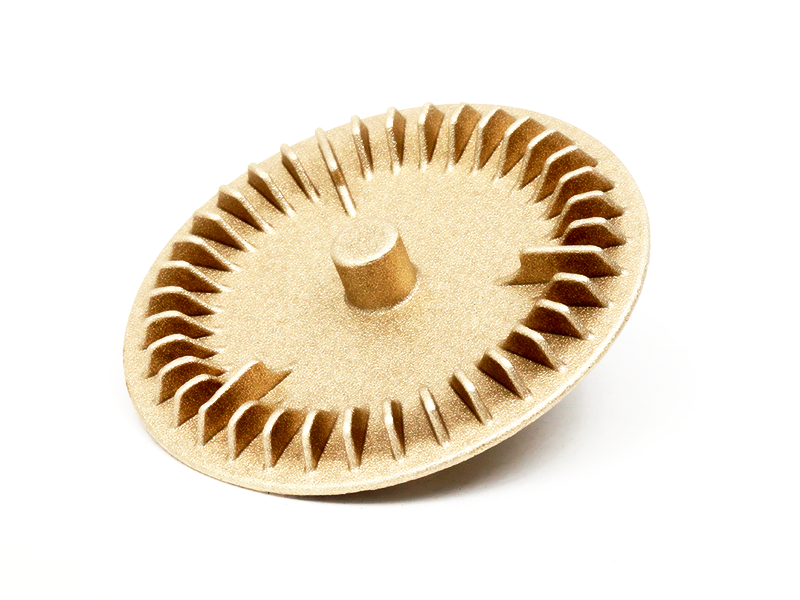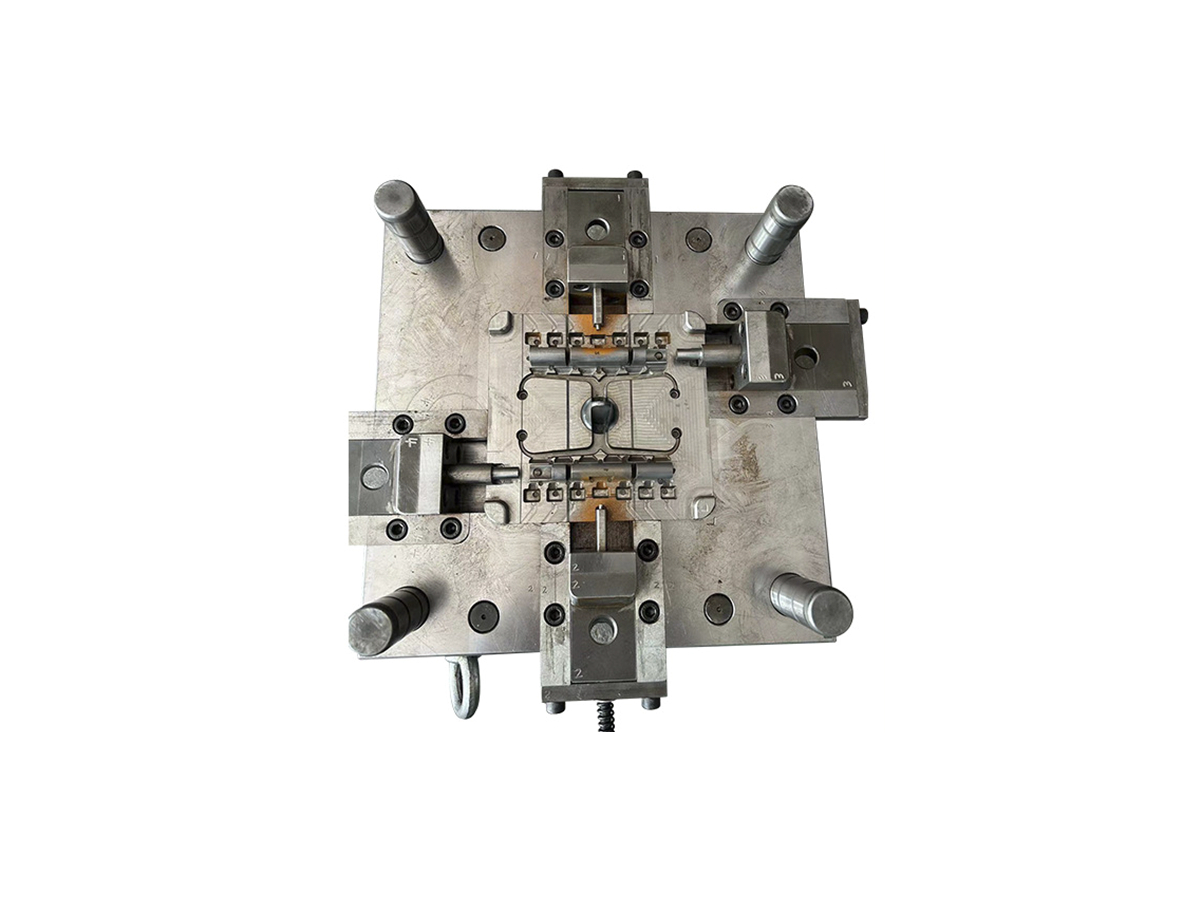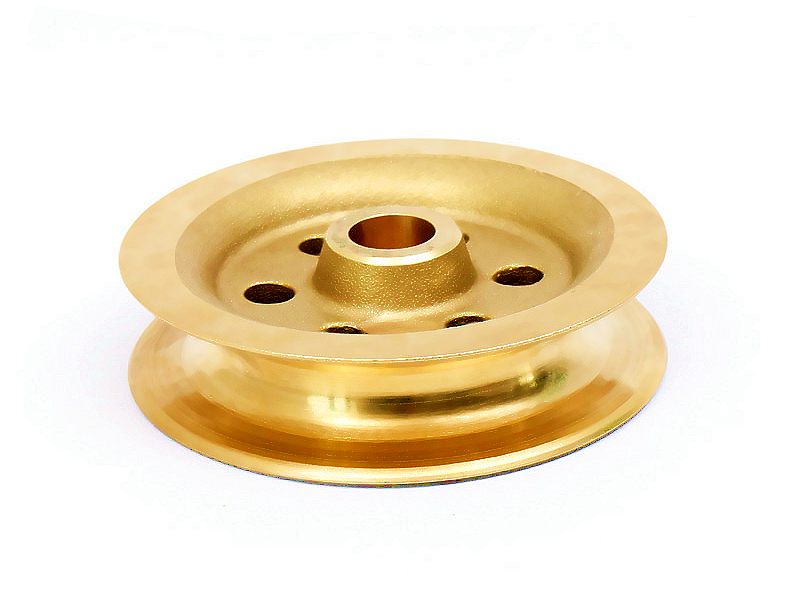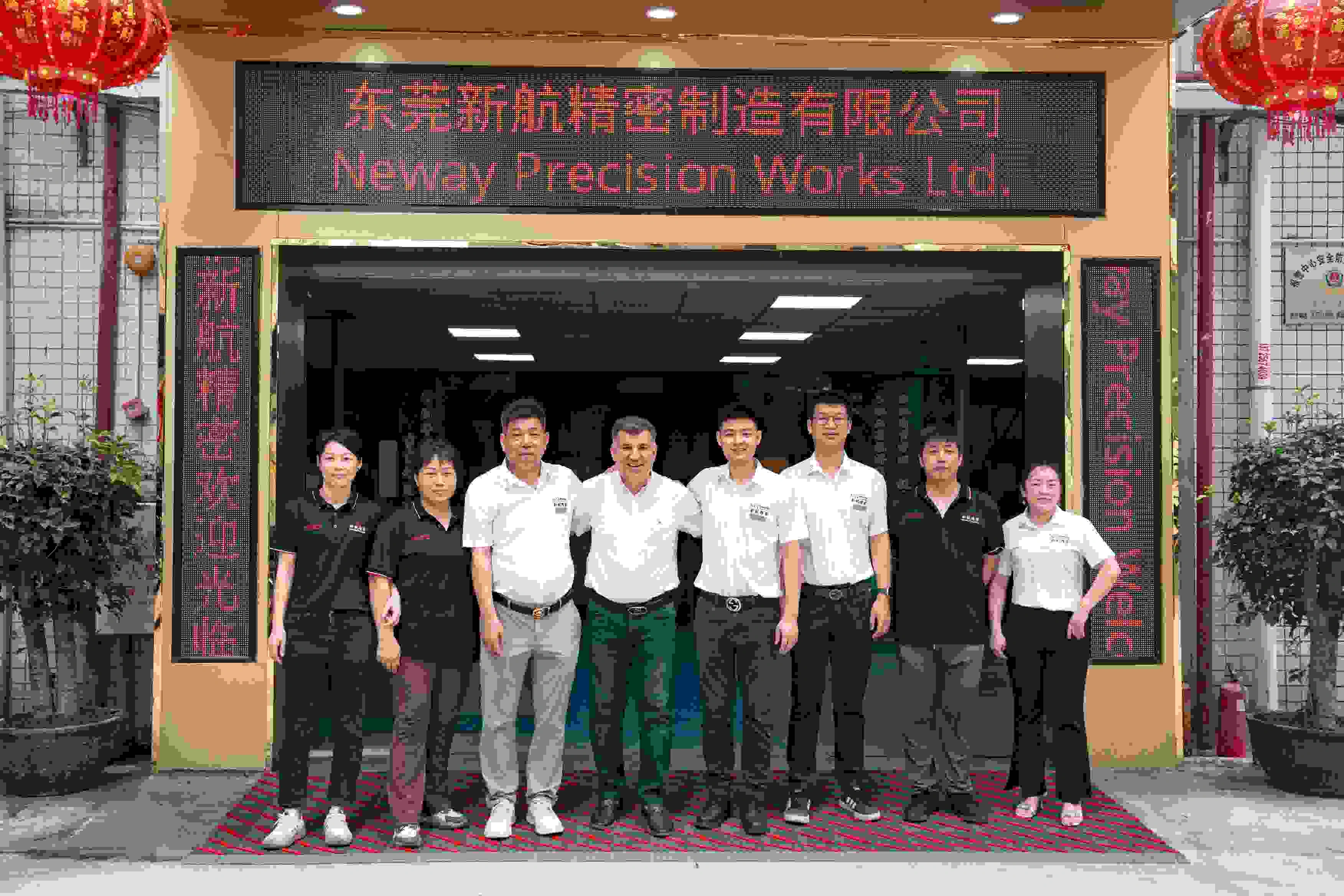What surface treatments improve oxidation resistance on copper terminals?
What Surface Treatments Improve Oxidation Resistance on Copper Terminals?
Why Oxidation Resistance Is Critical for Copper Terminals
Copper terminals are widely used in electrical connectors, power distribution, and industrial systems due to their excellent electrical and thermal conductivity. However, copper surfaces oxidize easily when exposed to air, humidity, and elevated temperatures. This oxidation forms copper oxide (Cu₂O), which increases contact resistance and degrades conductivity. To maintain reliable electrical performance and mechanical durability, applying proper surface treatments is essential.
Effective Surface Treatments for Copper Terminals
Tin Plating
Tin plating is one of the most effective and widely used treatments for copper terminals. It offers:
Strong barrier protection against oxidation and corrosion
Low contact resistance
Excellent solderability
Neway applies tin plating on high-conductivity alloys like C18200 to enhance performance in low-voltage and signal applications. The process complies with ASTM B545 standards for electrodeposited tin coatings.
Nickel Plating
Nickel plating provides superior corrosion resistance in harsh environments, making it ideal for copper components used in automotive, marine, and outdoor applications. Benefits include:
High resistance to chemical attack and thermal oxidation
Hard surface finish with excellent wear resistance
Stable electrical properties under temperature cycling
Nickel plating is suitable for copper alloys such as C17500 and CuNi10Fe1.
Silver Plating
Silver plating is ideal for high-performance terminals requiring ultra-low electrical resistance. Advantages include:
Outstanding conductivity
Excellent lubricity for sliding contacts
Resistance to tarnishing in controlled atmospheres
Silver plating is often applied to high-end power connectors and precision components, following standards such as ASTM B700.
Organic Anti-Tarnish Coatings
Organic anti-tarnish solutions form thin, transparent films on copper surfaces to prevent oxidation without impacting conductivity. These coatings are RoHS-compliant and suitable for post-processed copper parts that require minimal dimensional changes.
Recommended Surface Treatment by Application
Application Environment | Recommended Treatment | Key Benefit |
|---|---|---|
Indoor Electronics | Tin Plating | Low contact resistance and solderability |
Harsh Outdoor Conditions | Nickel Plating | Chemical and thermal resistance |
High-Performance Electrical Use | Silver Plating | Ultra-low resistance and durability |
Cost-Sensitive, Short-Term Use | Organic Coating | Basic oxidation protection |
Customer-Oriented Copper Terminal Finishing Services
Neway Die Casting offers tailored surface treatments for copper terminals to meet various performance requirements:
Copper Die Casting: High-precision casting using oxidation-sensitive alloys like C18200 and CuNi10Fe1.
Post-Processing Services: Integrated finishing processes including tin, nickel, and silver plating.
Engineering Consultation: Expert recommendations for material and coating combinations optimized for your electrical environment.



